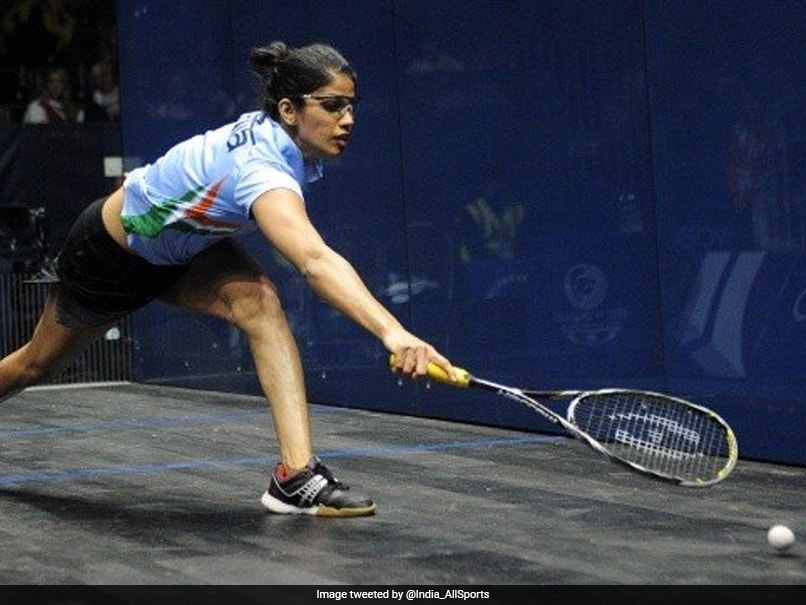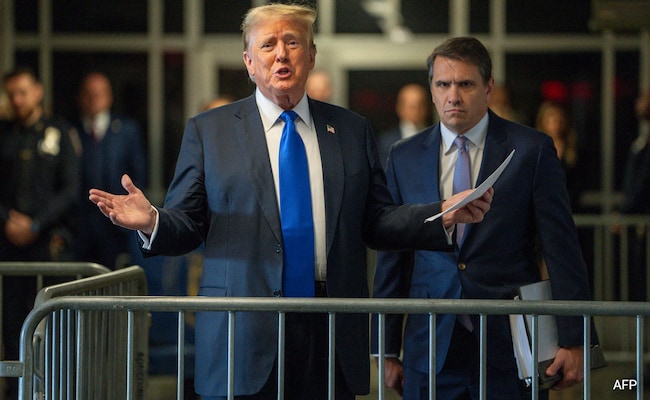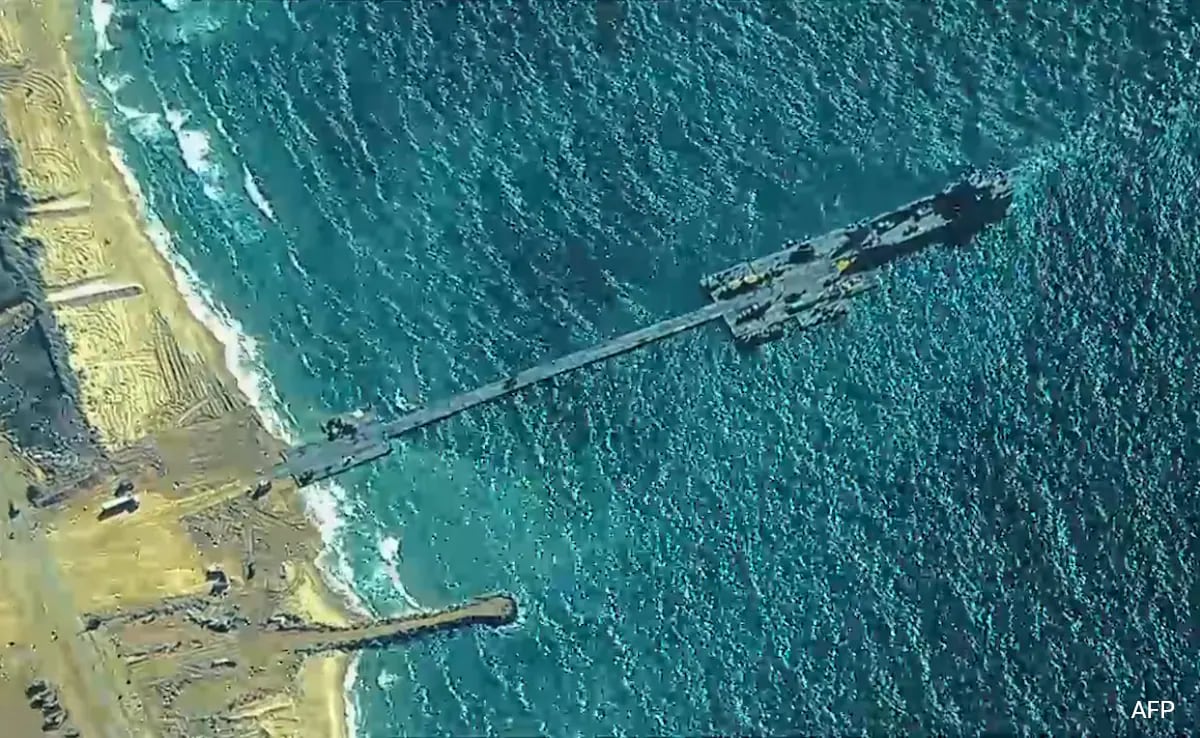Haider Ali discussed the media scene, sources, young students, and professionals walked in with stories that they were afraid to reveal to the media earlier this year when Sheikh Hasina had won the controversial election. File
| Photo Credit: PTI
On August 19, a group of men arrived at the East West Media Group’s office in the heart of Dhaka and indulged in vandalism. They also hurt a female journalist and threatened those present. The media house in the Bashundhara neighbourhood is home to several leading newspaper and TV brands in Bangladesh which had navigated Sheikh Hasina’s iron-fisted media and social media policies and had managed to thrive during the past one-and-a-half decades. The expectation from the student-led uprising was that it would strengthen the civil liberty and the attack came as a shocker which drew protest from all sections of the post-Hasina interim administration. The last fortnight has not been easy for the Bangladesh media.
Revolution was being telecast throughout August 5 when viewers worldwide noticed that Ekattor TV had gone missing from YouTube. That afternoon of freedom also had a dark side and several TV channels were raided by trouble makers who accused these channels of being pro-Hasina. Ekattor TV’s office in the Baridhara neighbourhood was vandalised and burnt down and mob took over Samay TV and broke furniture forcing the channel to abandon telecasting. ATN Bangla in the heart of the busy Karwan Bazar was also attacked though it continued to function throughout the chaotic hours. Within a day, eight channels were attacked and dozens were intimidated. Fortunately, the journalists bounced back.
Analysis: Why Hasina fell
Right in the busy Karwan Bazar which is the scene for daily protests by workers, students and political workers, is the Rainy Roof restaurant on the 12th floor of a building that overlooks the busy junction below. It is here that professional journalists from the leading channels and publications met every night of the last fortnight after work and plotted a course of recovery in the backdrop of the change of government. They were determined to tell the story of the fall of a government in their country but were not willing to perish in the process. As a result of the mobilisation of professional journalists from the leading channels of Dhaka, the media is slowly getting back. The mics of Ekattor TV and Samay TV have staged a comeback as the editorial lines are being reinvented and as the studios are being redecorated with new monitors and cameras.
“We have been told that we should consider that the previous studio was lost in a natural disaster and that we are now re-emerging from that traumatic event,” a journalist with the Ekattor TV which was targeted by the mob for its perceived reputation of being pro-Hasina at one time said.
“I tried to do a professional work as a journalist and exposed corruption in the Hasina government and as a result had legal cases launched against me. We survived those tough times and are hoping that the media scene will see through the current era of transition,” Haider Ali, Head of Investigative Cell of Kaler Kantha, a prominent newspaper of the Bashundhara Group which was targeted by miscreants earlier, said.
As Mr. Ali discussed the media scene, sources, young students, and professionals walked in with stories that they were afraid to reveal to the media earlier this year when Ms. Hasina had won the controversial election. One of the main reasons that prevented corruption stories from being broken was the 2018 Digital Security Act of the Hasina-led government that threatened media freedom as exposing corruption was equated with criminal defamation. In the last phase of Sheikh Hasina government, Bangladesh was pushed into an internet blackout. Despite the blackout, newspapers like Prothom Alo, Daily Star, Kaler Kantha, New Age, and channels like Jamuna TV and News 24 kept Bangladesh and the world informed about the crackdown against students and other enraged protesters. Having reported the revolution, the media in Bangladesh like the rest of the country are coming to terms with the new political reality and getting ready for a new chapter.












